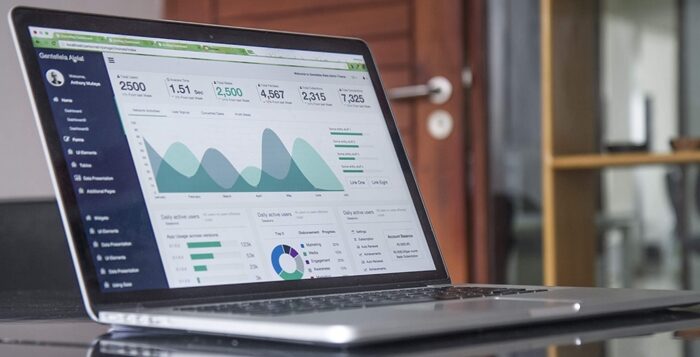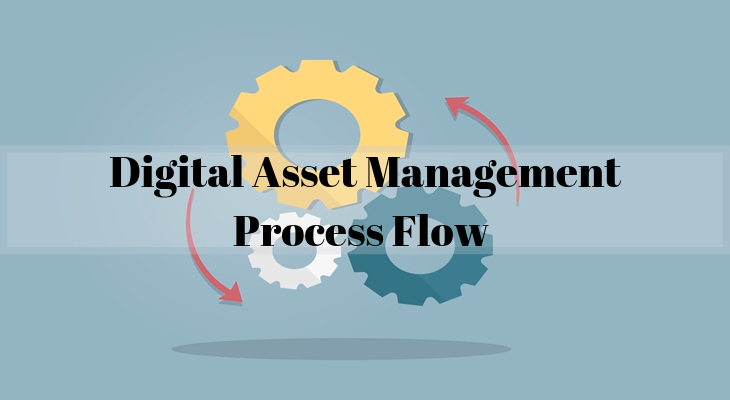What is Business Intelligence?
Business intelligence (BI) is a process that makes use of data through software. It transforms that data into actionable insights and thus shows an organization’s strategic, tactical business decisions. There are BI tools that access and analyze data to present analytical findings. BI tools make detailed reports, summaries, graphs, charts, etc., that provide users intelligence about the state of their business.
Business intelligence also refers to various tools that provide quick, easy-to-understand insights about an organization's performance by using available data.
What is Business Analytics?
Business analytics (BA) is the systemized exploration of an organization's data to develop a statistical analysis. Business analytics is used to make data-driven decision-making.
Many companies treat their data as an asset that gives them a competitive advantage over others. Good business analytics highly depends on data quality and skilled analysts.
Emerging Trends in Business Intelligence and Analytics
Data Quality Management
Data quality management refers to the process that combines the technology with the right skills of the analysts. Data quality management converts raw data into meaningful data, and it also helps in improving data quality. This means that the data would be valuable and accurate.
Data is an essential part of a business in today's date. If there is inaccurate data, it can prove to be harmful to the organization's success. It helps in the plans, programs, and policies that are made to control and increase data quality in an organization.
Artificial Intelligence (AI)
Many companies are adopting AI. This removes human error. AI is not entirely reliable at the moment because there are a lot of stutters and loopholes in it. But still, the pace at which it has grown would surely be beneficial in automating various tasks that need constant human efforts.
AI is undoubtedly going to be a vital aspect in the field of Business Intelligence and Analytics. The main goal of AI is to help human intelligence reform how we interact with business data and analytics.
Analyzing Customer Behaviour
Analyzing your customers has always been important. Any business that wants to survive needs to understand how the customer feels about its products and services.
Nowadays, customer behavior can be understood by the medium of social media and other digital platforms. It would indeed become increasingly important to analyze the customer's thought process and decision-making.
Automation
Automation in analytics is going on at a fast pace. Because machines cannot get tired and the risk of errors is also quite low, automation would be the future. Machines are often costly, but their productivity makes up for it.
Business Intelligence Trends: As Predicted By Gartner
Smarter, Responsible, and Scalable AI
AI would become smarter, responsible, and scalable. This AI will have better algorithms causing better interpretation of data and shorter time for analysis of data. There would be a lot of dependence on AI, and there would be a great need to scale this tech.
Composable data and analytics
The use of data has been fragmented into sections by various tools. This data cannot be composed as of now because of compatibility issues. In the near future, Data from multiple analytics and AI solutions will be combined for a flexible, user-friendly, and usable experience.
Composing this data and analytics in one place would increase business capabilities, productivity, and agility.
Small and Wide Data
Wide data enables analyzing small, unstructured, and structured data sources to enhance decisions and awareness. Small data uses data models that require fewer data and still offer valuable insights. As opposed to big data, it solves many problems for complex questions with scarce data.
Data and Analytics as a core business function
Businesses have started realizing the true value and potential of data. Data and analytics are steadily becoming a core function of many companies. However, underestimating the complexities of data may cause businesses to end up missing opportunities. Chief data officers are needed to be involved in increasing business value by a factor of 2.6X.
Graph relates everything
The use of graphs is not new to data and analytics. It's just that businesses increasingly understanding the importance of graphs. Graph forms the foundation of data and analytics. It creates capabilities to enhance and improve user collaboration, machine learning, and AI.
The rise of the augmented consumer
Data analytics needs someone to have deep insights and skills to handle data. But, in the future, this will change. The traditional system would be replaced with automated, conversational insights customized to a user’s needs and delivered to their point of consumption. This would give easy access to data to anyone in the organization.
Business Intelligence & Business Analytics trends for 2021
SaaS BI
SaaS saw immense growth amid the Covid-19 pandemic. It is expected to grow even further in 2021. More and more businesses embrace the tool to gain more flexibility and access to data on the cloud, from any device.
It has become the first choice for remote and disparate teams that need solutions to optimize their business processes. SaaS is helping companies in sustainable growth, which is crucial at an uncertain period like this.
Self-Service Business Intelligence Interface
With the growing adoption of business analytics, it has become a hectic process that involves data scientists. This dependence is quite costly and time-consuming. This could be made simple with the use of a self-service Business Interface (SSBI). Business users find it more independent and comfortable to access analytics tools without the help of data scientists. This makes SSBI is a top priority for many businesses. SSBI is expected to see immense growth in 2021.
Mobile BI
Mobile BI can access business intelligence-related data such as KPIs and business metrics on mobile devices. Although the concept of mobile BI dates is ancient, the improvements can only be seen in these times. Mobile BI is becoming more incorporated with businesses working towards better optimizations with mobile devices.
Hyperautomation
Robotic process automation, machine learning, and AI are the core of hyper-automation. Hyperautomationhelps in the application of technologies in a business to boost automated decision-making. With the refinement in AI, machine learning, and RPA, hyper-automation in organizations will grow immensely.
Augmented Analytics
Data analytics is linked to business intelligence. This has increased the expectation of augmented analytics to have a greater impact on the Business Intelligence platform. Augmented analytics makes use of AI and machine learning to augment human intelligence and provide contextual awareness.
According to Gartner, augmented analytics is one of the most important data analytics trends for 2021.
Conclusion:
In the last year, the workplace and functions have changed a lot due to the pandemic. This brought about significant changes in the whole industry. One lesson that the businesses understood is that they need to keep evolving to survive with the changing times.
The landscape of Business Intelligence and Analytics is fast-changing, and companies need to adapt to it. By increasing the adoption of new tech, automation, businesses can improve their Business Intelligence and Analytics techniques. It is necessary because data is the new King, and there is no running away from it.
You may like to read:
10 Key Steps for Business Intelligence Implementation
Role of Business Intelligence in Healthcare Industry
7 Keys to a Successful Business intelligence Strategy
Machine Learning Trends in Data Analytics and Artificial Intelligence
Business Intelligence Tech Trends and Real-World Applications





